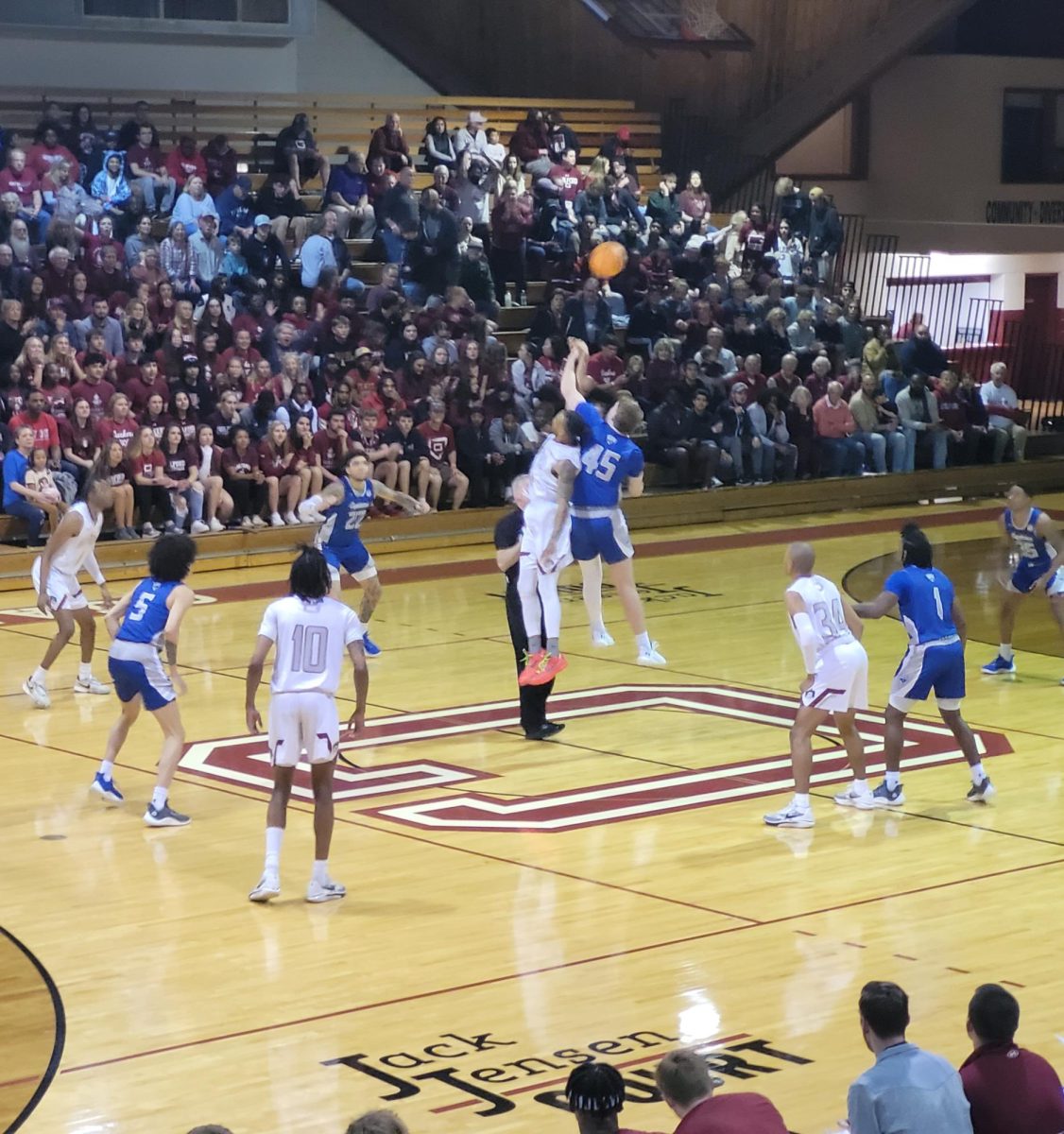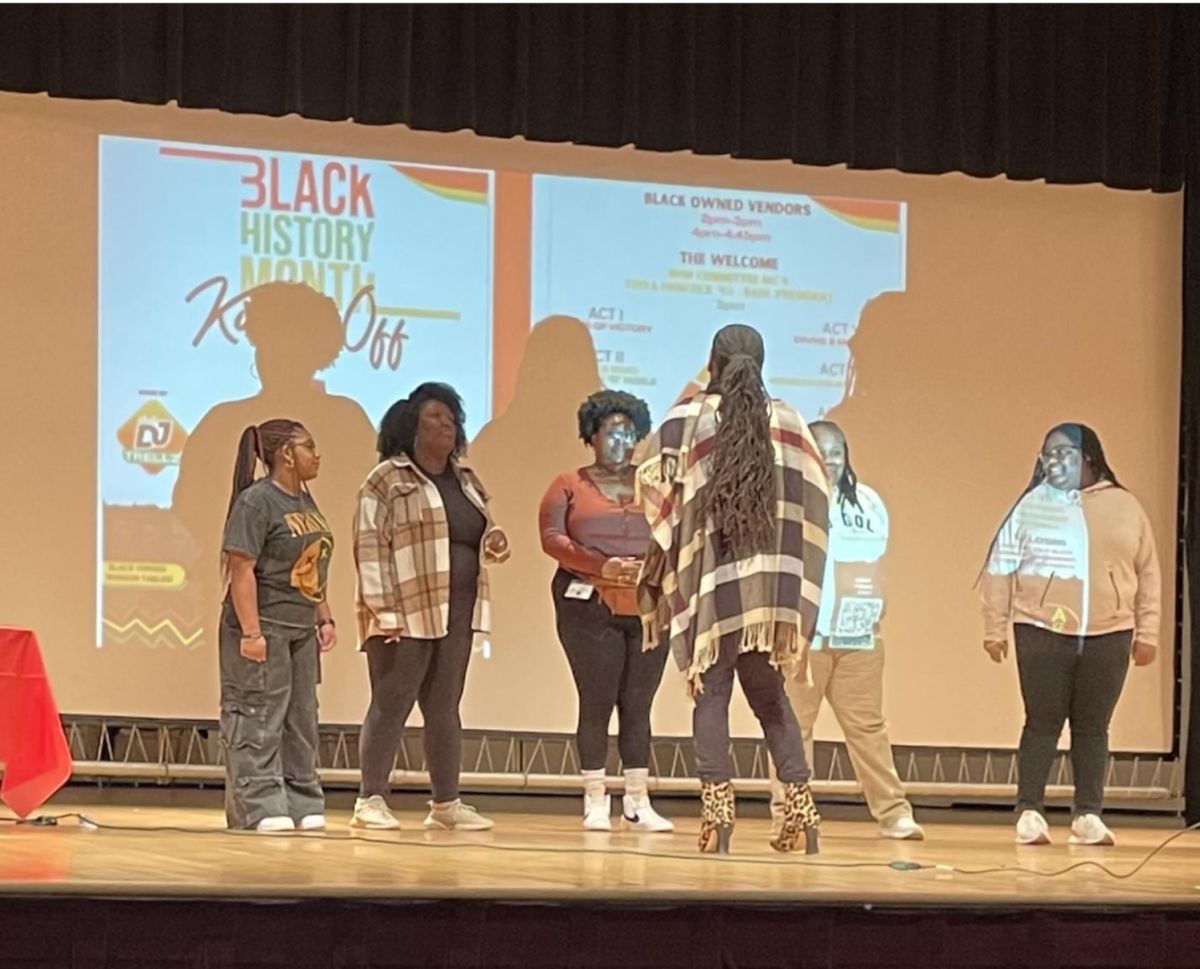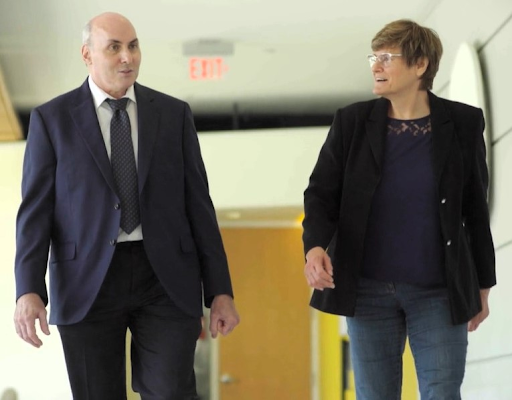On Jan. 30, 2015, the News & Record published an article on the disparity between black and white students’ suspension rates. According to the article, black students are being suspended at much higher rates than white students in Guilford County schools.
This issue was first brought up at a school board meeting and is now being addressed as a major issue by the board of education and other officials in the school system.
“Locally they have a variety of disproportionalities that has been acknowledged from both staff as well as … from educational advocates, civil rights attorneys as well as a host of other people,” said Lissa Harris, co-founder of Parents Supporting Parents, a grassroots educational advocacy organization based in Guilford County.
This issue appears to have the most impact on black males in particular. They are suspended more than any other group of students in Guilford County. This pattern is seen nationally as well.
“The disparity numbers show that African-American students, in some cases African-American males, are three to four times more likely to be suspended than their white peers,” said Lissa Harris.
In Guilford County there are a total of 37,588 males, and 15,269 of them are black. In the first half of the 2014-2015 school year, however, 1,482 black males were suspended where only 421 white males were suspended.
Black females were also suspended more than either white males or white females. 712 black females were suspended compared to only 117 white females.
“(It is) a real problem nationally, not just in North Carolina, but we see that pattern repeated across the country,” said Lynden Harris, director of Hidden Voices, a nonprofit organization that works to share personal stories in the public sphere.
Suspending students is very costly to the student and has a negative impact on their education. Once a student is suspended they get behind in their coursework, which in turn makes them more likely to fail and drop out of school entirely.
“The difference in suspension rates between black and white students is one of the most serious issues in American public education,” said Sherry Giles, professor of justice and policy studies, in an email interview. “When students are suspended, they lose valuable instruction time, fall behind in learning and are at greater risk of dropping out of school altogether.”
“(Bringing) really effective cultural competency training to the teachers is so very important because teachers do not intend to discriminate, but they do it, and they do it for cultural reasons that they are not aware of,” said Lynden Harris.
Both Lissa Harris and Lynden Harris stated that there have been cases where black kids were suspended and white kids where not suspended for committing the same infraction.
“I have come into situations where these white students were not as harshly disciplined as the African-American males for the same incident, as well as various rule violations where white are treated very different as it relates to disciplinary action versus black students that do the same thing,” said Lissa Harris.
The disparity between white suspension rates and black suspension rates is an important problem that needs to be addressed. Fortunately steps are already being taken to correct this issue. Lissa Harris and Lynden Harris both work to make sure that issues like this are addressed.
National initiatives like My Brother’s Keeper, the White House program aimed at young black males, will also help to solve the problem, not only in Guilford County but across the nation as well.
Another solution would be to get rid of zero tolerance policies, where the punishment is based on teacher or administrative judgment in the school system.
“Zero tolerance discipline policies (are policies) which suspend students according to strict guidelines with predetermined harsh consequences or punishments for a broad range of violation of rules,” said Giles. “Some of the categories of violation are based on the subjective judgment of a teacher or administrator, such as ‘disruptive behavior’ or ‘insubordination.’ Implicit racial bias inevitably influences these kinds of subjective decisions.”
Regardless of the approach used, the board of education and others in the community will continue to try and address these disparities in Guilford County schools.












